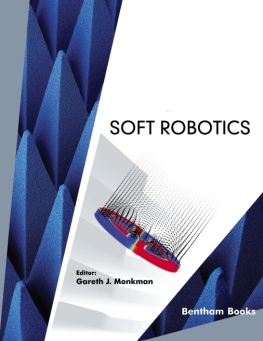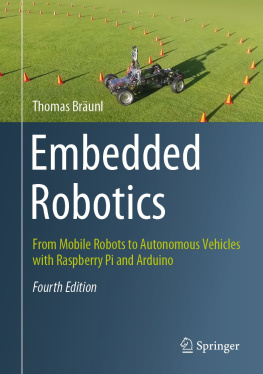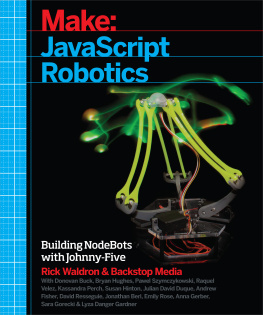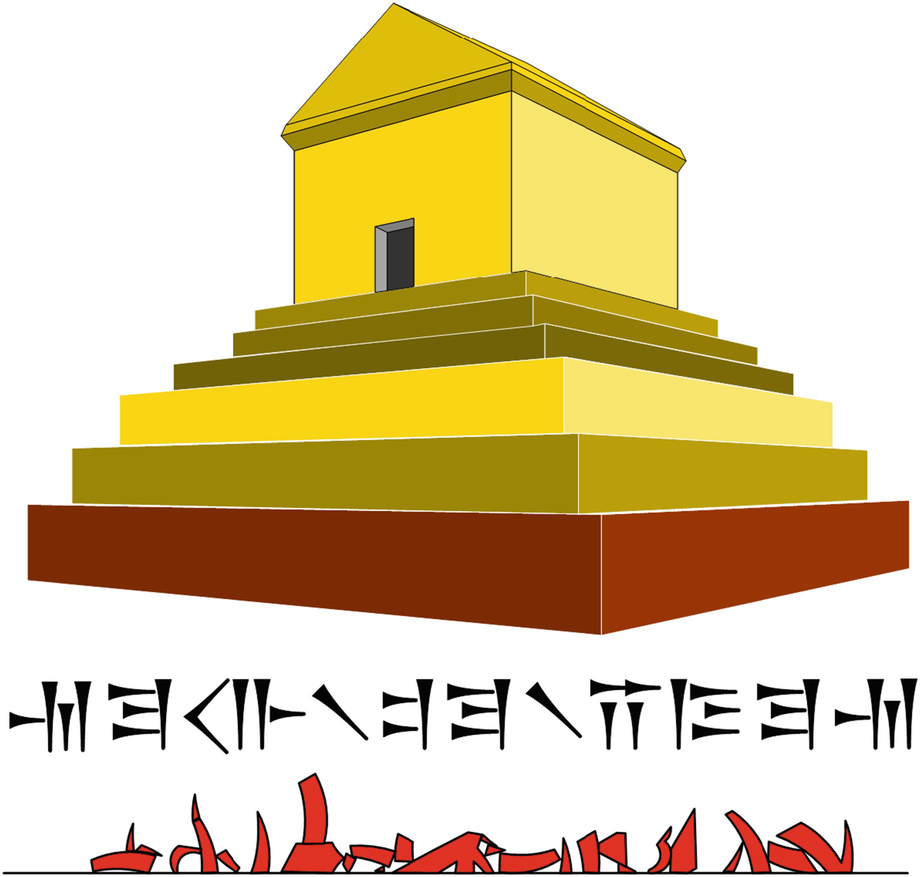Reza N. Jazar
School of Engineering, RMIT University, Melbourne, VIC, Australia
ISBN 978-3-030-93219-0 e-ISBN 978-3-030-93220-6
https://doi.org/10.1007/978-3-030-93220-6
The Editor(s) (if applicable) and The Author(s), under exclusive license to Springer Nature Switzerland AG 2007, 2010, 2022
This work is subject to copyright. All rights are solely and exclusively licensed by the Publisher, whether the whole or part of the material is concerned, specifically the rights of translation, reprinting, reuse of illustrations, recitation, broadcasting, reproduction on microfilms or in any other physical way, and transmission or information storage and retrieval, electronic adaptation, computer software, or by similar or dissimilar methodology now known or hereafter developed.
The use of general descriptive names, registered names, trademarks, service marks, etc. in this publication does not imply, even in the absence of a specific statement, that such names are exempt from the relevant protective laws and regulations and therefore free for general use.
The publisher, the authors and the editors are safe to assume that the advice and information in this book are believed to be true and accurate at the date of publication. Neither the publisher nor the authors or the editors give a warranty, expressed or implied, with respect to the material contained herein or for any errors or omissions that may have been made. The publisher remains neutral with regard to jurisdictional claims in published maps and institutional affiliations.
This Springer imprint is published by the registered company Springer Nature Switzerland AG
The registered company address is: Gewerbestrasse 11, 6330 Cham, Switzerland
Preface to the Third Edition
Ten years have passed since the second edition of Theory of Applied Robotics has been published. The second edition of the book has been strongly accepted in academia for research and teaching. Many universities and colleges adopted this book as a teaching text or as a reference. The book also had great success in Chinese universities, especially after its Chinese translation was officially published by Springer in 2018. During the past 10 years, I have received many constructive comments from all around the world, from colleagues, friends, instructors, researchers, and students. In this third edition, I used those comments to improve the text as well as remove typos and numerical errors. Further, I tried to make the third edition more educational and clearer to make the book more suitable for self-training.
The key concept of robotics kinematics and dynamics is the understanding of the coordinate frame transformation, a topic that Theory of Applied Robotics is covering in the best possible way. We begin this topic by analyzing rotation about a principal axis of global and body coordinate frames. Rotation about an arbitrary axis is the next step. Understanding of rotation about an arbitrary axis is the best way to study kinematics of robots. We will show how to break such a complicated rotation into a series of principal rotations to develop the required mathematical relations by a series of simple steps. To make it possible, we will show how we may introduce extra dummy coordinate frames to simplify moving from initial to final coordinate frame by a modular and structural process. Auxiliary coordinate frames is a unique concept that has been added to the kinematic knowledge body of robot kinematics by this book. Readers of this book will become masters in using this scientific trick in kinematic analysis.
The robot kinematics will be continued by covering the first and second time derivatives of rotation transformation mathematics. The first derivative introduces the complicated and strange concept of angular velocity. Angular velocity is a complicated concept because we do not have any unique mathematical quantity whose time derivative will be angular velocity. Angular velocity is a vectorial quantity, but it is not time derivative of another scalar or vectorial physical quantity. This fact makes angular velocity appear as a new individual concept. It, however, will be connected to a combination of time derivative of rotation transformation matrices. The appearance of rotation transformation matrices in the definition of angular velocity gives us the ability to define time derivative operations in different coordinate frames. Therefore, we will see that there are several different velocities all mathematically correct but not all sensible. The second derivative and introduction of acceleration kinematics make this concept more complicated such that we will be able to define and calculate greater accelerations than those we work with. The freedom of taking a vectorial physical quantity from one coordinate frame and taking derivative in another coordinate and still expressing in a third coordinate frame helped me discover a new acceleration called Razi acceleration (Jazar 2011; Harithuddin et al. 2015).
My intention in this book is to explain robotics in a manner I would have liked to be explained to me as a student. This book can now help students by being a great reference that covers all aspects of robotics and that provides students with detailed explanations and information.
Organization of the Book
The text is organized in such a manner that it can be used for teaching or self-study. Chapter Introduction, contains general preliminaries with a brief review of the historical development and classification of robots.
Part I, Kinematics, presents the forward and inverse kinematics of robots. Kinematics analysis refers to position, velocity, and acceleration analysis of robots in both joint and base coordinate spaces. It establishes kinematic relations among the end-effecter and the joint variables. The method of Denavit-Hartenberg for representing body coordinate frames is introduced and utilized for forward kinematics analysis. The concept of modular treatment of robots is well covered to show how we may combine simple links to make the forward kinematics of a complex robot. For inverse kinematics analysis, the idea of decoupling, the inverse matrix method, and the iterative technique are introduced. It is shown that the presence of a spherical wrist is what we need to apply analytic methods in inverse kinematics.
Part II, Derivative Kinematics, explains how the derivatives of vectors are calculated and how they are related to each other. It covers angular velocity, velocity, and acceleration kinematics. Definitions of derivatives and coordinate frames are covered in this part. It is fascinating to understand that derivative is a frame-dependent operation.
Part III, Dynamics, presents a detailed discussion of robot dynamics. An attempt is made to review the basic approaches and demonstrate how these can be adapted for the active displacement framework utilized for robot kinematics in the earlier chapters. The concepts of recursive Newton-Euler dynamics, Lagrangian function, manipulator inertia matrix, and generalized forces are introduced and applied for derivation of dynamic equations of motion.












